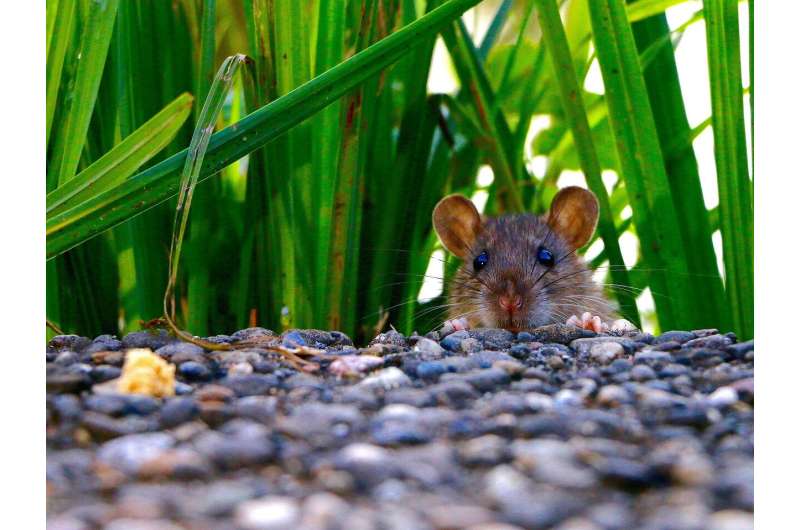Wildlife service withdraws request for approval to dump rat poison on Farallon Islands

The U.S. Fish and Wildlife Service on Wednesday withdrew its request that the California Coastal Commission sanction its controversial mouse eradication proposal on the Farallon Islands.
Following nearly two hours of testimony from the federal agency and conservationists, several commissioners seemed poised to vote against the project, which would involve scattering 1.5 tons of rat poison pellets over the islands, which lie just 27 miles from the San Francisco coast.
"We haven't been convinced this is the best and only way to go," said Commission Chair Dayna Bochco.
Fish and wildlife biologists say they must drop a powerful rodenticide on the islands in order to kill tens of thousands of invasive house mice they say are wreaking havoc on a fragile ecosystem.
The federal government does not require the express permission of the Coastal Commission in order to go ahead with its plan. However, the body's approval would help bolster public support and potentially stave off litigation.
After pointed questioning and criticism from some commissioners, however, the wildlife service announced that it was withdrawing its request for approval so that it could better formulate a response to the commission's concerns.
The islands boast one of the world's largest breeding colonies for seabirds, including the rare ashy storm-petrel.
The explosive growth in mice, which first landed on the islands during the California Gold Rush, has attracted burrowing owls, who not only eat the mice but also prey upon the declining population of storm-petrels.
The federal government contends that the only way to get rid of the mice is to drop 1.5 tons of rat poison pellets from a helicopter onto the islands. But San Francisco Bay Area conservationists are worried that the poison, an increasingly controversial rodenticide called brodifacoum, will kill other species and make its way up the food chain.
The Fish and Wildlife Service, the agency that manages the Farallon Islands, acknowledges that while some nontarget species will likely be killed in the process, broadcasting poison over the islands is a tried-and-true method of tackling rodent infestations. Biologists say that the long-term benefits will far outweigh any collateral damage.
Coastal Commission staff last month released a report expressing support for the project, saying it was consistent with the state's marine protection and water quality policies. Wednesday's hearing was held in San Luis Obispo.
The Farallones were named a national wildlife refuge in 1909. The waters surrounding them are also part of the Greater Farallones National Marine Sanctuary. The islands are off-limits to the public.
©2019 Los Angeles Times
Distributed by Tribune Content Agency, LLC.




















